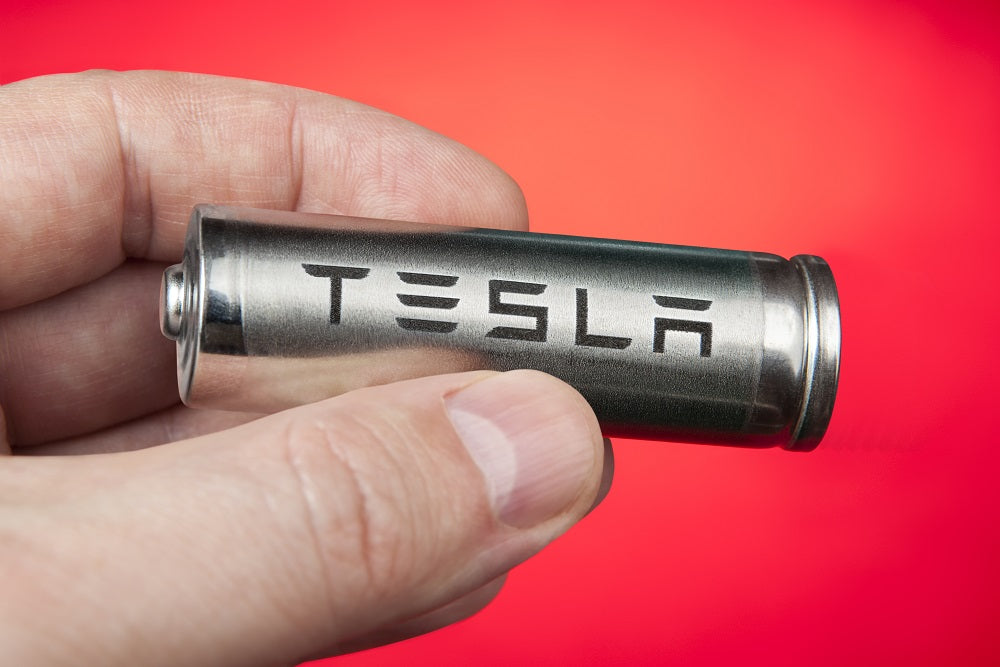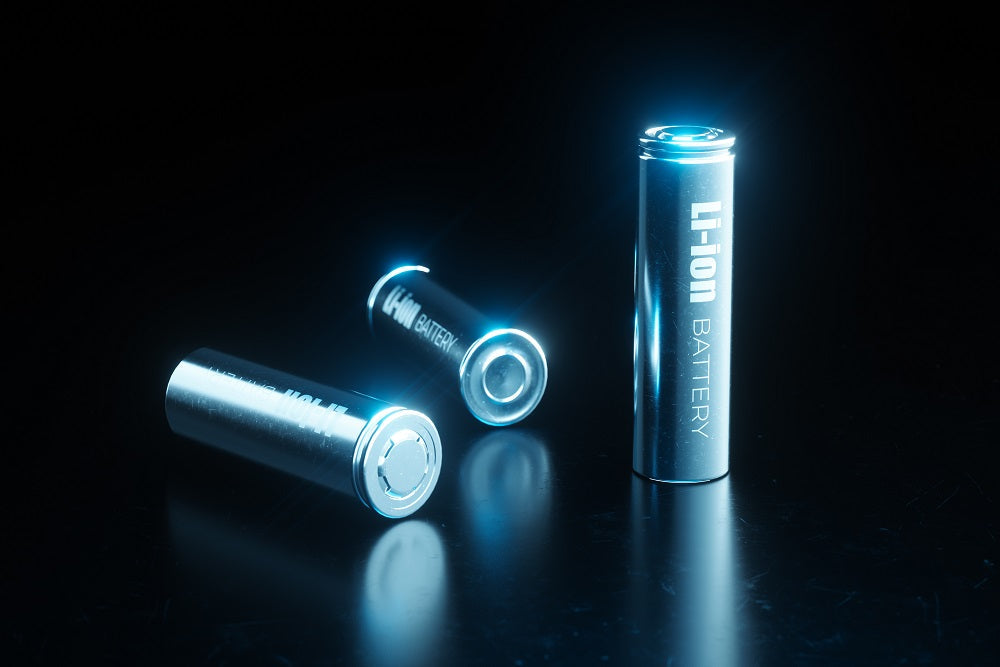Will Tesla's Work Improve Consumer Battery Recycling?

If there were one company we could point to as contributing significantly to the development of lithium-ion batteries, it would be Tesla. Even though Tesla's automotive batteries differ quite a bit from our own, what they have learned about lithium-ion technology over the years has helped those of us in the consumer market develop better rechargeable batteries.
That said, we wonder if the work Tesla is currently doing on battery recycling will eventually improve consumer recycling. As things currently stand, recycling is an option for consumer batteries. But how many people actually go to the trouble of doing so? How many people throw spent lithium-ion batteries in the trash instead?
EPA Battery Guidelines
If you visit the Environmental Protection Agency (EPA) website's 'Used Household Batteries' page, you'll discover something interesting: only disposable alkaline batteries are even considered for landfill disposal. The EPA says they should still be recycled when possible, but they are at least safe to throw in the trash. Not so for li-ion, NiCad, and NiMH batteries.
When it comes to all three rechargeable options, the EPA strongly recommends spent batteries be recycled. If recycling isn't an option, they should be taken to a local hazardous waste drop-off location. By no means does the EPA want people throwing rechargeable batteries in the trash.
There are several reasons for this, beginning with the fact that even fully spent rechargeable batteries can still be dangerous if they overheat or short-circuit. Both are distinct possibilities when batteries are thrown into the trash. Above and beyond the danger, rechargeable batteries contain chemicals we don't want leaching into the soil.
What Tesla Is Working On
Tesla has been leading the development of lithium-ion batteries for quite some time now. Their big project at the moment is improving recycling processes as much as possible. They recently unveiled a new strategy they say eliminates at least 92% of battery waste. It is a process they have been working on for several years.
If the process proves reliable and repeatable, Tesla intends to recycle as many used batteries as possible in-house. That would mean an end to third-party recycling for the most part. While the lofty goal remains some years in the future, achieving it would be revolutionary. Recycling 92% of a battery's components would greatly reduce Tesla's demand on natural resources.
We are excited about it for the simple fact that Tesla's eventual results might be applicable to the consumer market. Imagine recycling nearly all the components and materials in high tech batteries and putting them back into manufacturing of new batteries or electronics. An already superior battery technology could put even greater distance between itself and single-use alkaline batteries.
It Has to Be Cost-Effective
The only potential wrench in the works, so to speak, is the money factor. Recycling at a rate of 92% would financially benefit Tesla as long as they handled recycling in-house. They would spend less money on raw materials for new batteries. They would also reduce their overall waste footprint. Whether or not the same thing is achievable in the consumer market is another matter.
Companies like ours do not yet have the facilities, resources, or ability to recycle individual components taken from lithium-ion batteries. We have to rely on third-party recyclers. Depending on the composition of the batteries, these recyclers can generate enough revenue to make recycling worth their while.
While the consumer industry focuses on that, Tesla continues to push forward with making better batteries that are more easily recycled. We wish them well. Every bit of work they do helps make consumer lithium-ion batteries better and our future ever more sustainable.
- Tags: Sustainability







